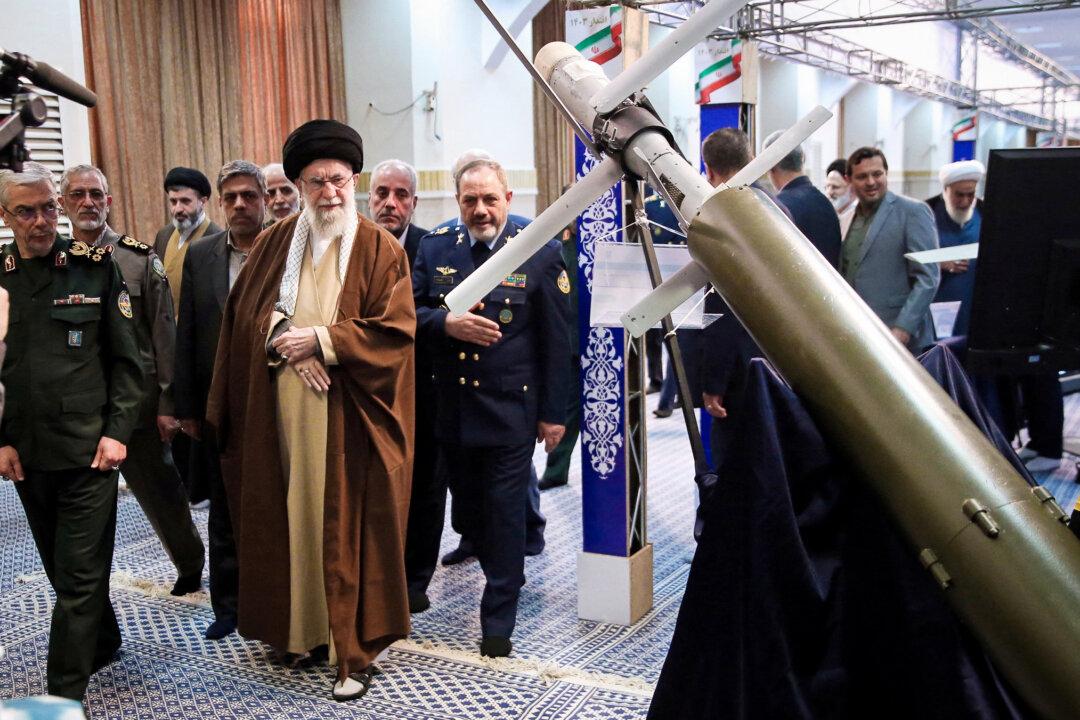News Analysis
Since returning to the White House, President Donald Trump has handed an olive branch to the Iranian regime but has also said categorically that he will prevent the country from getting a nuclear weapon.

Since returning to the White House, President Donald Trump has handed an olive branch to the Iranian regime but has also said categorically that he will prevent the country from getting a nuclear weapon.